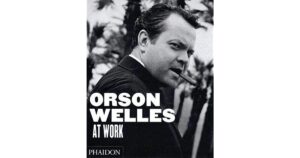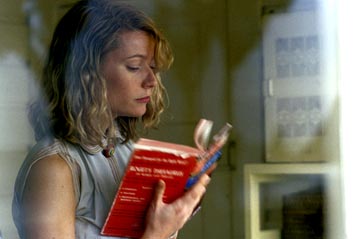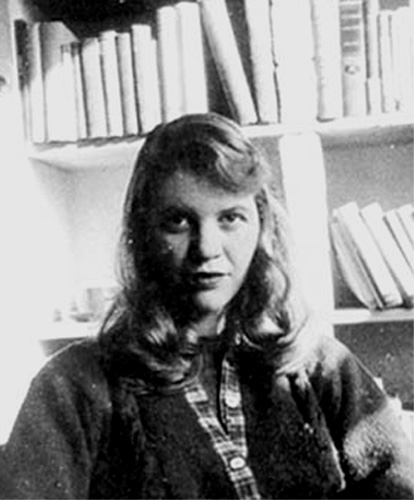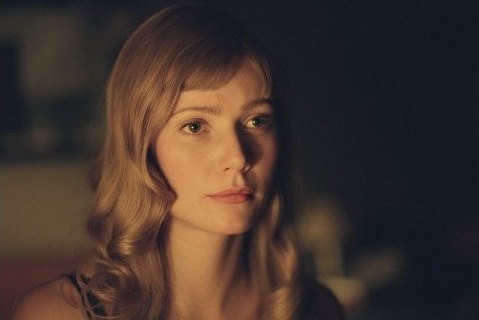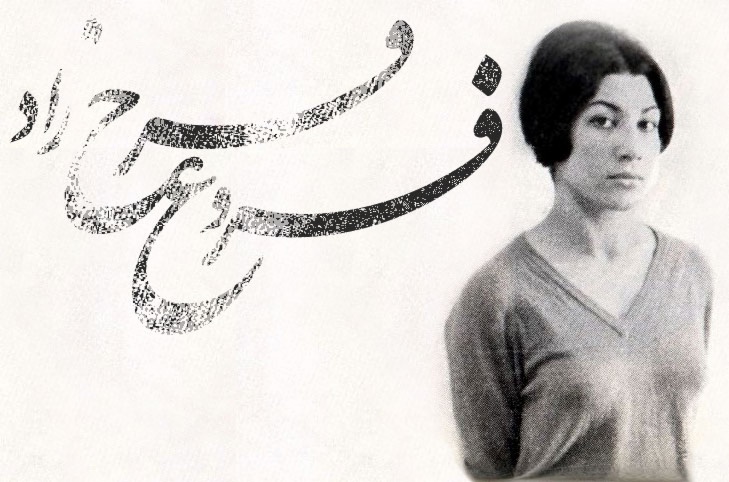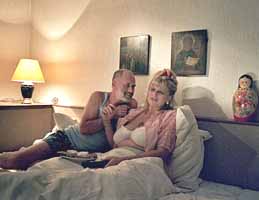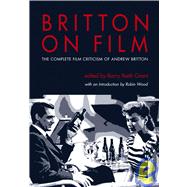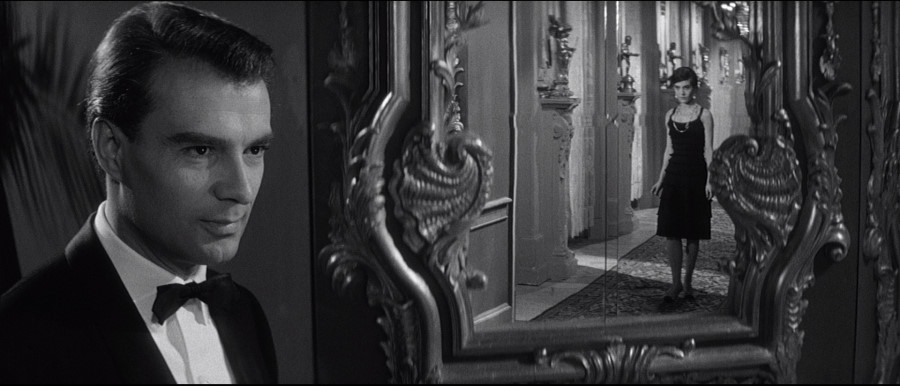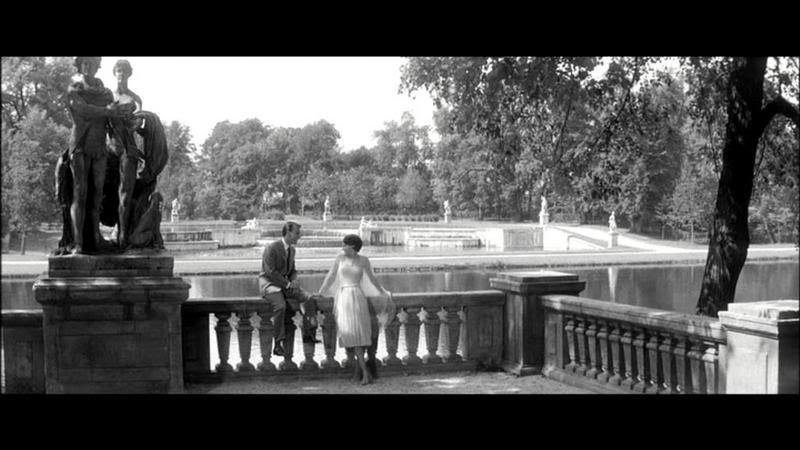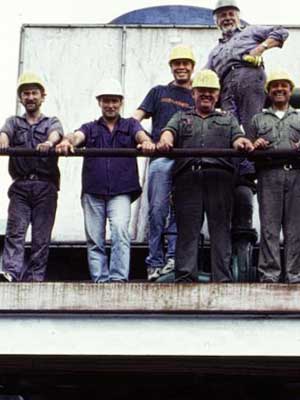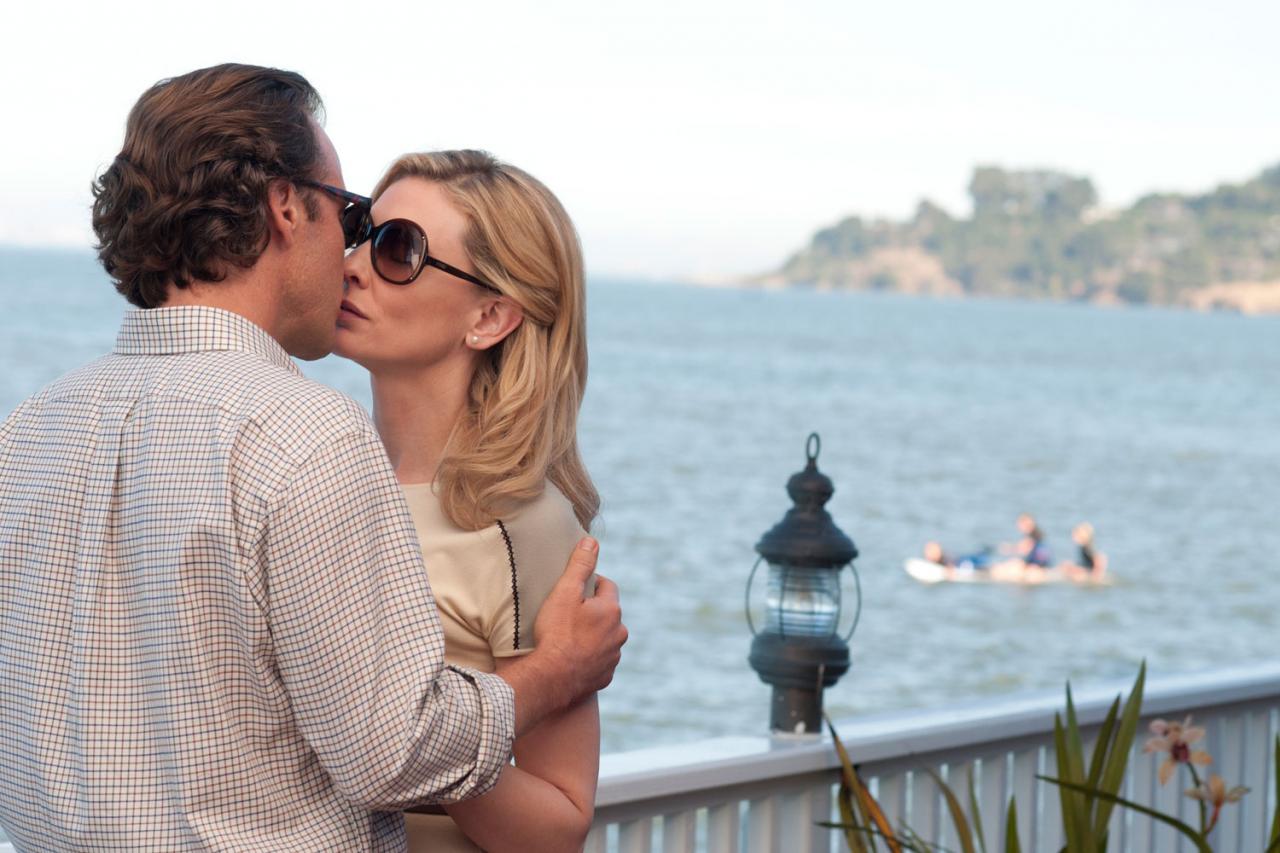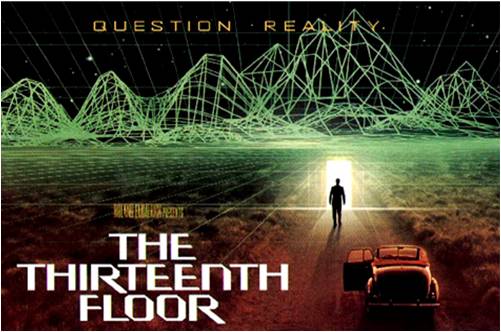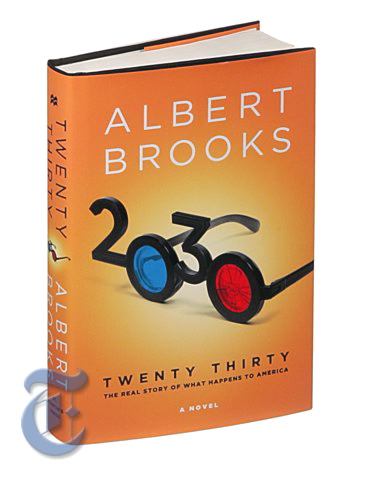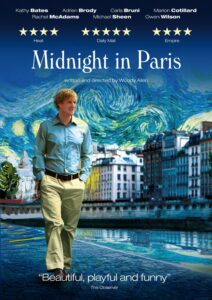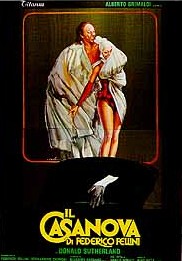This essay was written in late November 2010 for The Common Review, whose editor commissioned it, but was subsequently and recently withdrawn from that magazine once it became clear that the editor wasn’t giving me any straight or candid answers about whether or when he would publish it. Which is why I’m publishing it here. I’ve only updated it slightly to incorporate the recent distressing news about the government’s sentencing of Jafar Panahi. And more recently, thanks to Danny Postel, this article has been reposted here, at Tehran Bureau. P.S.: This essay is included in the much-expanded second editition of Abbas Kiarostami (2019), a book I coauthored with Mehrnaz Saeed-Vafa.– J.R.
To what extent does Abbas Kiarostami, Iran’s best known and most celebrated filmmaker, still belong to Iran, and to what extent does he now belong to the world? Insofar as the first sixteen of his seventeen features have been shot in Iran –- only Certified Copy, filmed in Italy, which premiered in Cannes last May, qualifies as a feature shot in exile –- he might be said to “belong” in some fashion to his native country. But the last of his features to date to have opened commercially in Iran was his tenth, Taste of Cherry (1997), and one wouldn’t expect this situation to change anytime in the near future. Read more


